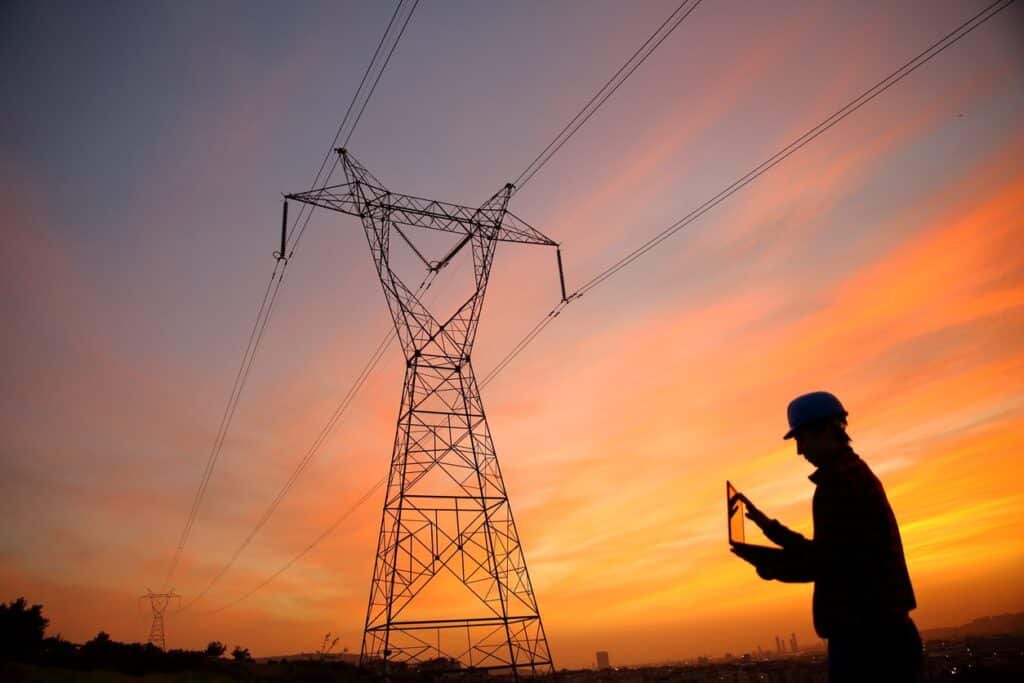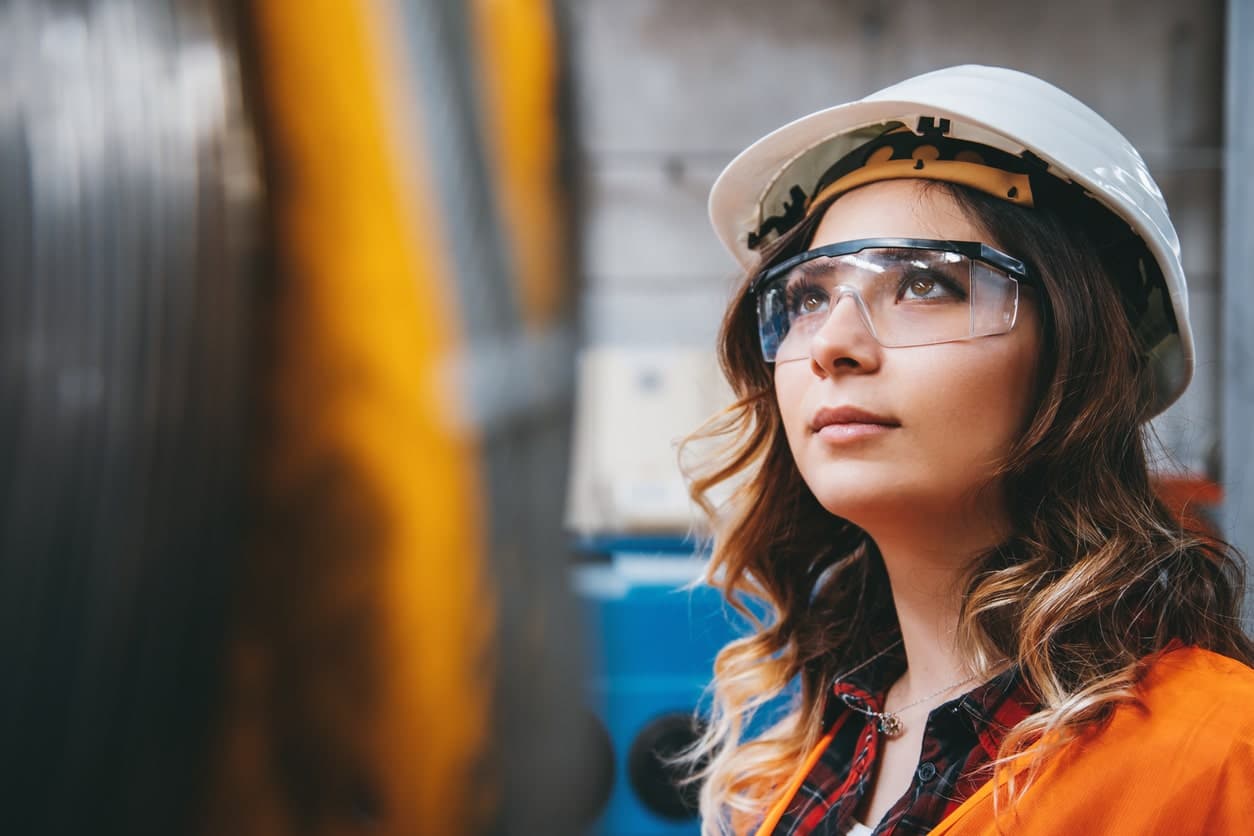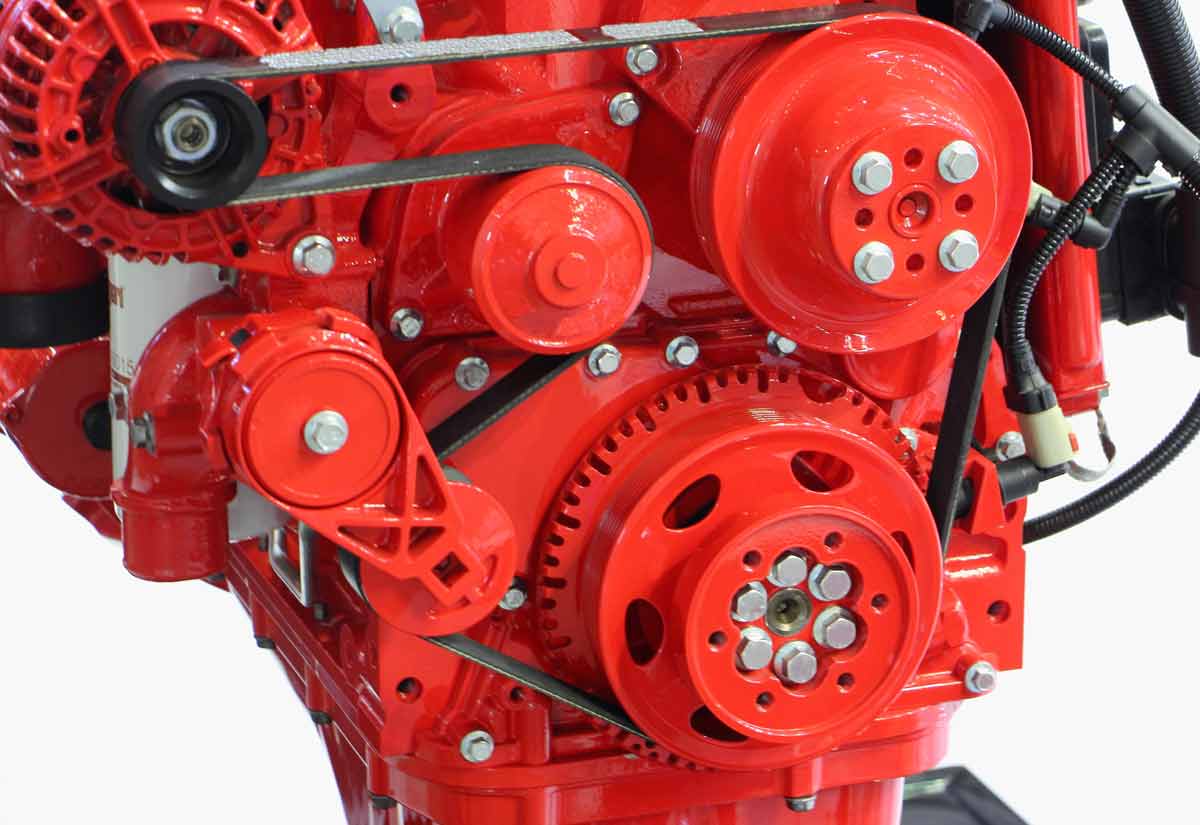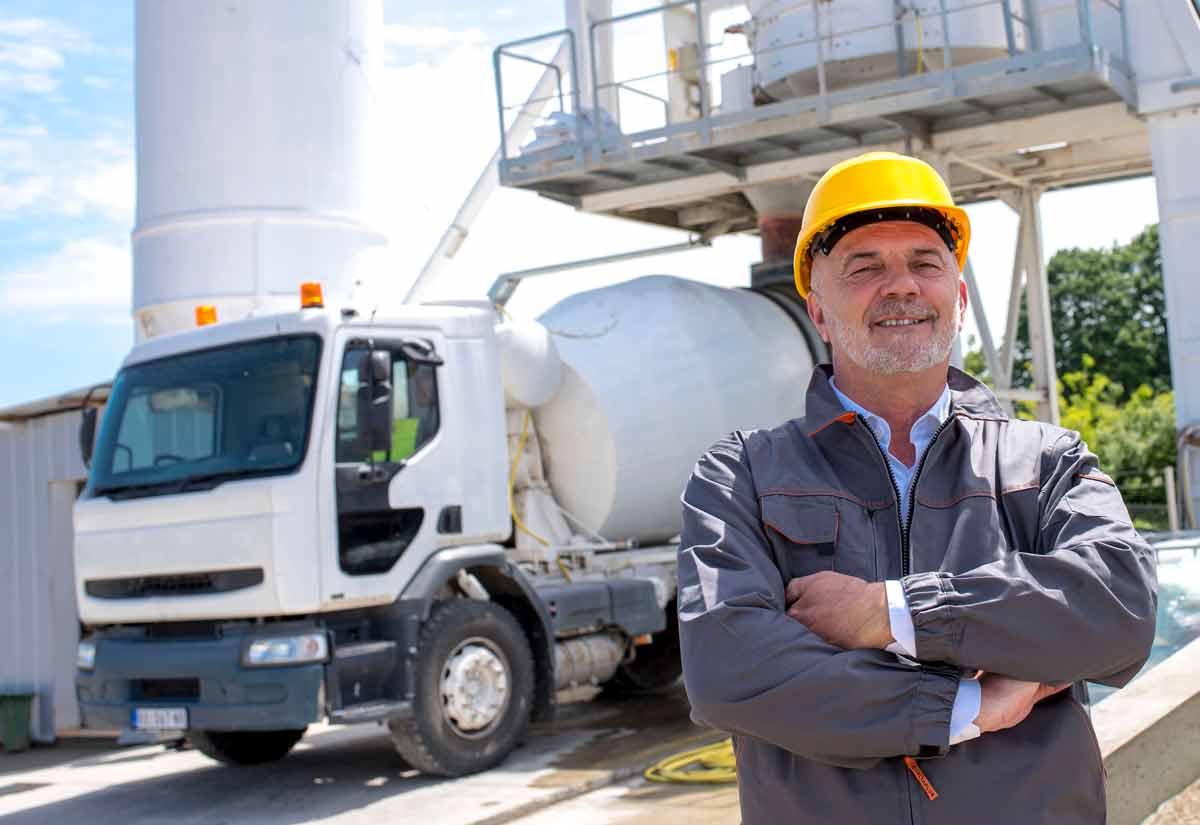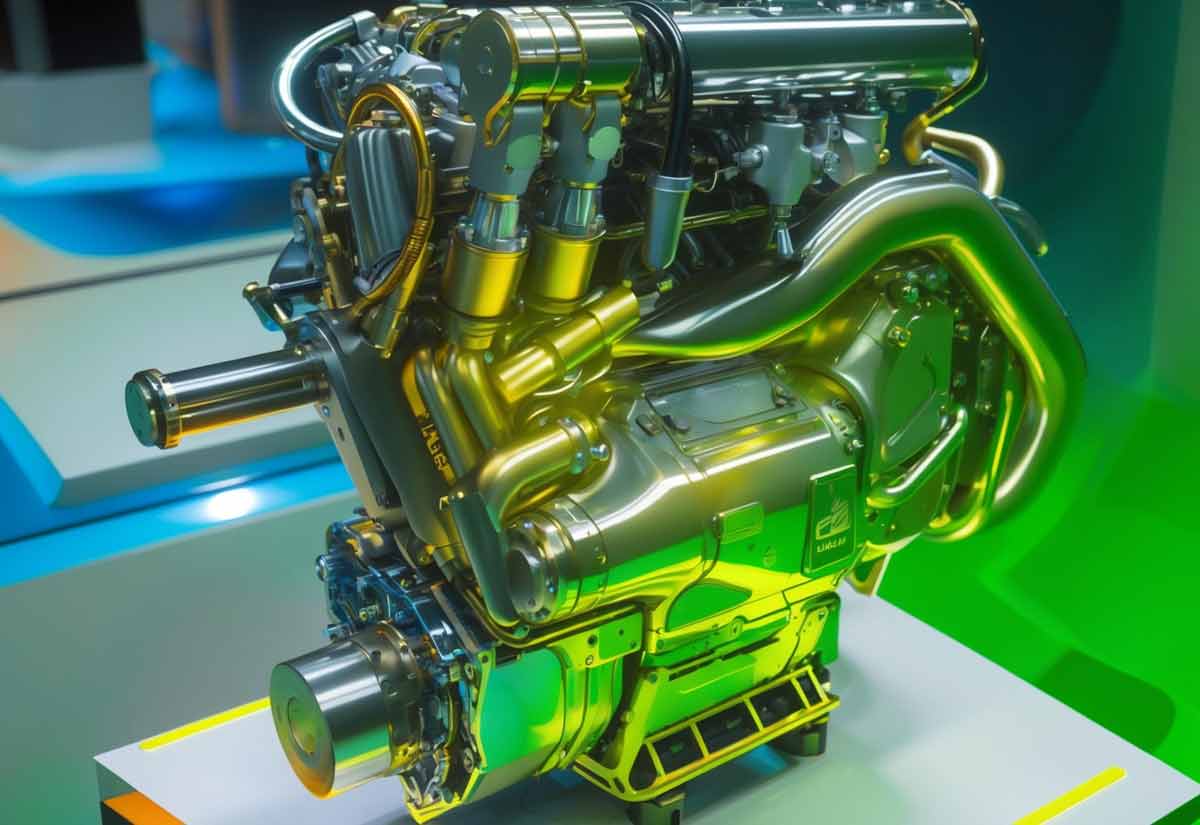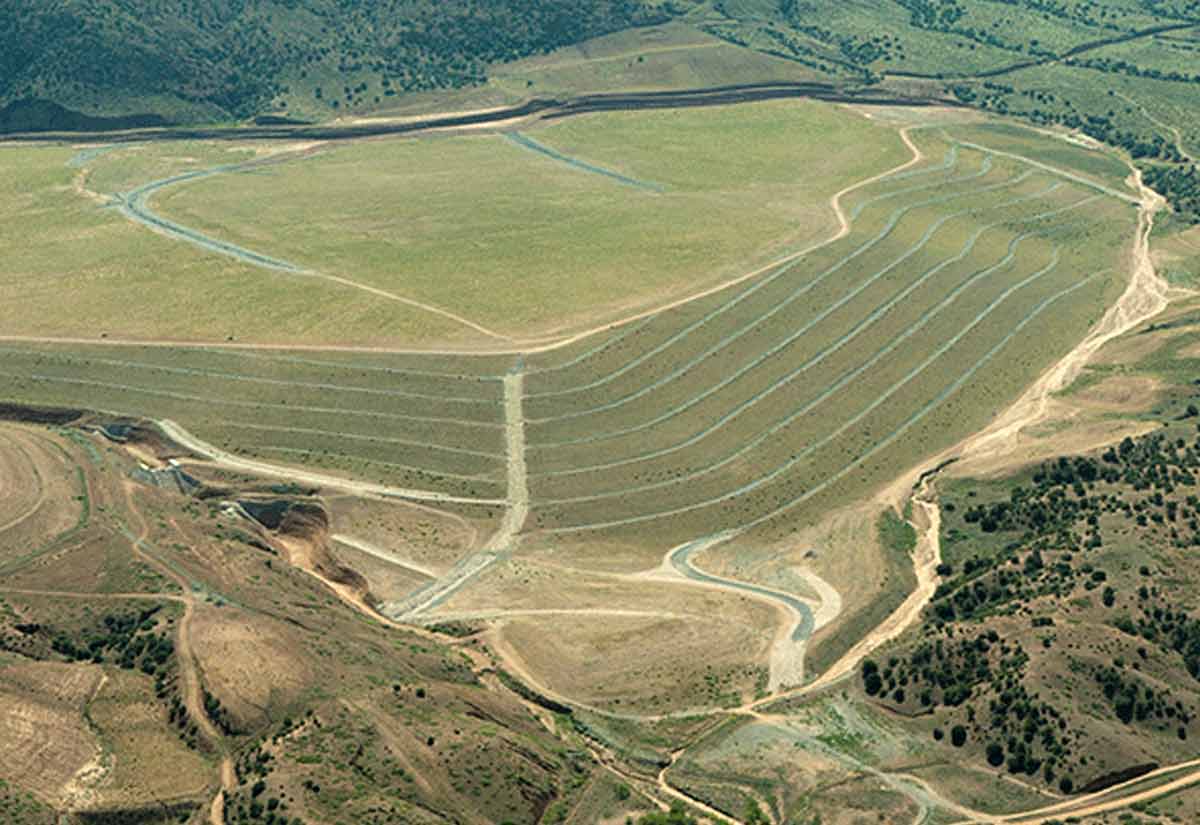Zinc Challenges Lithium and Lead-acid Batteries in the Developing Energy Storage Market
According to Andrew Green, Executive Director at the International Zinc Association, zinc producers are the “up and coming group” in the developing $30 billion energy storage market for electrical grids.
A March 2020 article at miningweekly.com cites zinc as the “key to unleashing solar and wind power upon the world”.
An Untapped Market For Zinc
The head of Canada’s Zinc8 Energy Solutions is banking on what he sees as an untapped market in the energy storage sector for utilities. Zinc8 was the winner in an innovation challenge launched by New York state governor Andrew Cuomo, who set the goal of generating 100% of the state’s electricity from clean sources by 2040.
Zinc8 topped 60 companies to land a $2.55 million start-up deal from the New York power authority.
The company will develop a demonstration project for the New York State Power Authority with the goal of powering a municipal building for 8 hours at a cost of just $250 per kilowatt-hour. The Vancouver-based Zinc8 expects to have the project up and running by 2022. The project “opens the door” for deploying zinc battery system technology to the world utility market. Canada and Indonesia are already funding zinc battery projects.
Once Zinc8 provides the proof of concept, zinc is sure to draw worldwide attention as a 21st Century solution for cleaner energy, providing a safer, cheaper storage technology to fill the inevitable power generation gaps left by wind and solar power.
So why is zinc making such sudden inroads in a market long dominated by lithium and lead-acid batteries?
The Benefits of Zinc Storage Batteries
- Zinc-based batteries have lower charge rates. Solar energy accumulated during a single day is available for use at night.
- Batteries built around zinc use outside oxygen and don’t catch fire as easily, a disturbing hazard with lithium-ion battery systems that contain oxygen locked inside the cell.
- Zinc is a widely available resource so it’s cheaper. Zinc traded at about $2,118.00 per ton in February 2020, compared to lithium’s $8,500 per metric ton.
- Zinc-air batteries don’t require complex external cooling systems.
- Zinc is non-toxic, unlike lithium which can be corrosive and hazardous to eyes, skin, and the respiratory tract if handled carelessly.
- Zinc is readily available for worldwide clean energy storage in solar and wind applications with 250 million tons in reserve as opposed to lithium reserves estimated at just 17 million tons.
NantEnergy Zinc-Air Battery Breaks the $100/kWh Barrier
While the New York State Power Authority’s goal of $250/kWh may seem ambitious, tech billionaire entrepreneur Patrick Soon-Shiong’s NantEnergy (formerly known as Fluidic Energy) set the benchmark even lower at $100/kWh.
Soon-Shiong claimed that the “holy grail” of cheaper safer energy storage was achieved back in October 2018, when NantEnergy announced the breakthrough zinc-air system which edged out Tesla’s lithium-ion technology in reaching the $100/kWh mark. While Elon Musk works meticulously toward that goal, the average cost of lithium-ion storage still hovers between $300 and $500 per kilowatt-hour, according to an informative article at engineering.com.
And, unlike other battery contenders in the energy storage market, NantEnergy’s zinc-air battery systems are scalable for Tier 1 manufacturing, allowing them to rival even traditional lead-acid batteries. The company currently has zinc-air batteries deployed in 3,000 micro-grid systems in 9 countries, the majority in Africa and Asia and another 1,000 in cell tower sites including US installations.
The only remaining hurdle in the zinc vs lithium contest is endurance. Lithium batteries can last for thousands of cycles as long as 10 years.
As Jay Whitacre, director of the Wilson E. Scott Institute for Energy Innovation at Carnegie Mellon University reminds us;
“It’s not just how much it costs when you buy it, it’s how long it lasts.”
About Resource Erectors
The same can be said about the human resources sector. How long does the new hire last?
At Resource Erectors over 80% of our carefully screened candidates are still contributing to the success of their companies 5 years later. We specialize in recruiting the top professional talent for the industry-leading North American companies who are eager to put them to work in the mining, manufacturing, tunneling, engineering, and civil construction sectors.
When you’re ready to fill mission-critical positions to avoid the high cost of vacancies at your company you’re ready for Resource Erectors so please don’t hesitate to contact us.
